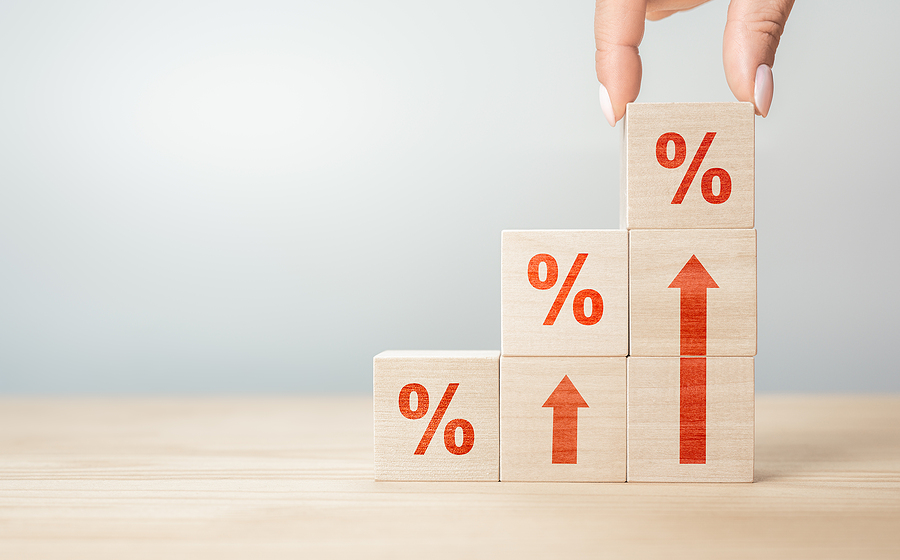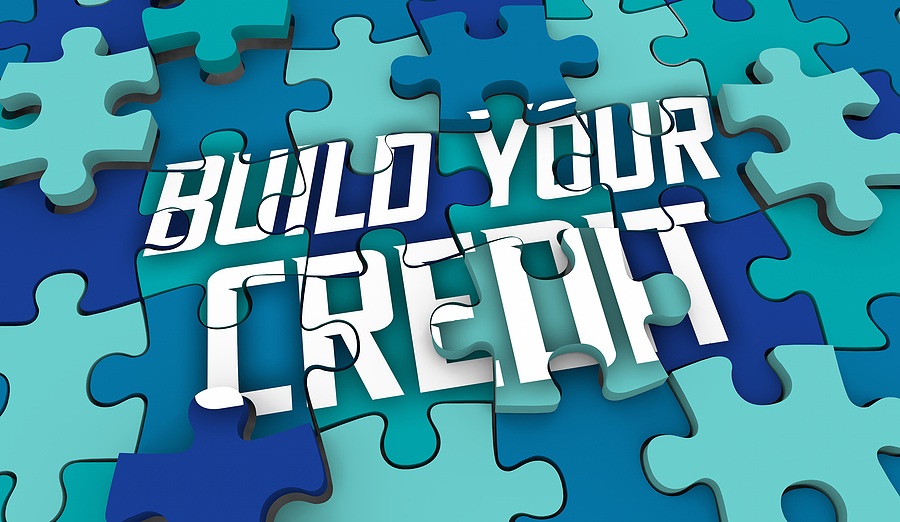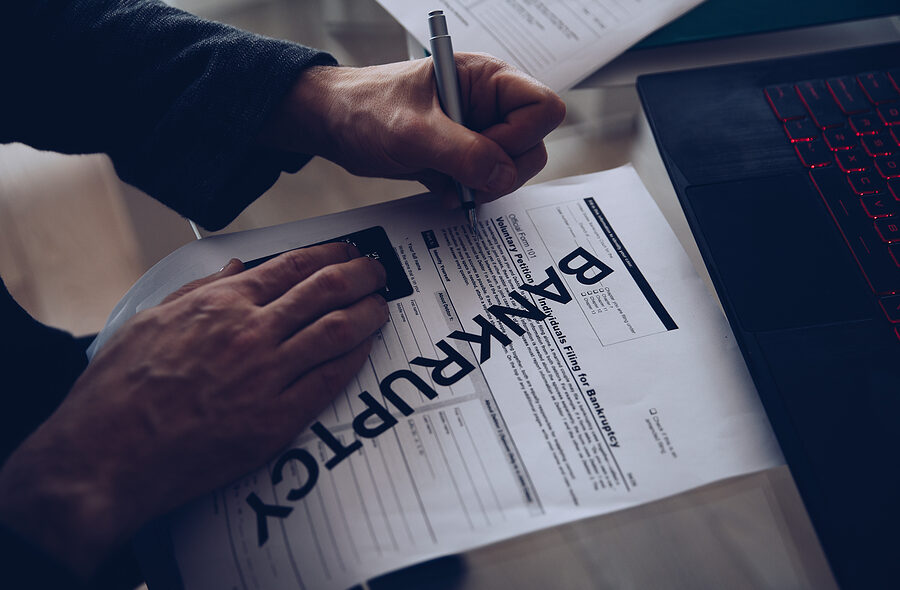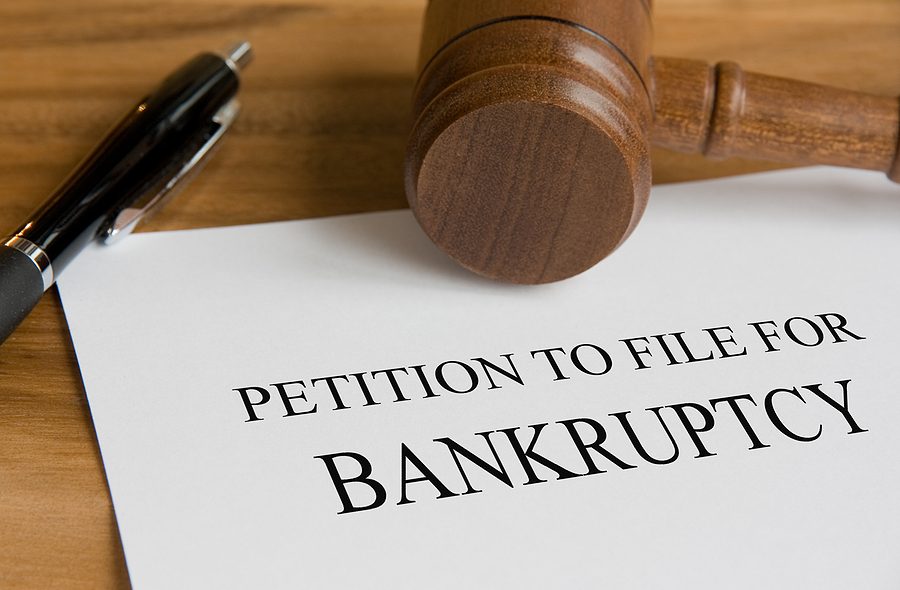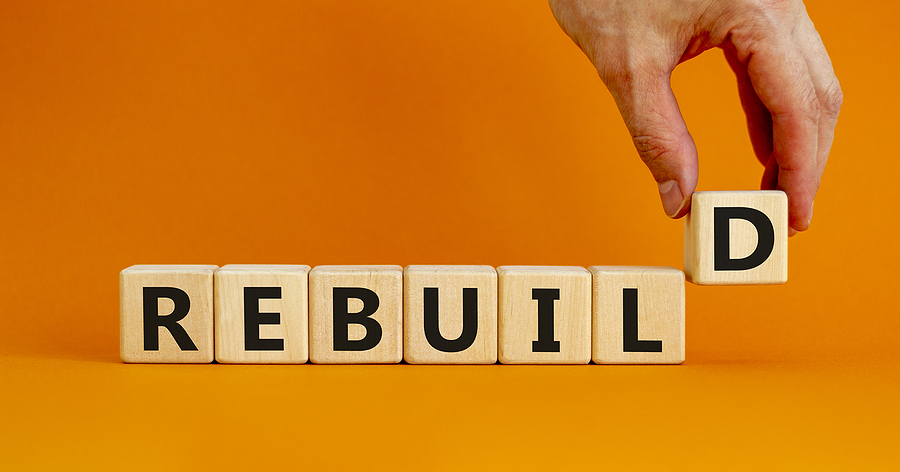
MIAMI – (January 24, 2025) Managing Shareholder, Timothy S. Kingcade of the Miami-based bankruptcy law firm of Kingcade Garcia McMaken has received the 2025 AVVO Clients’ Choice Award. To obtain this award, an attorney must receive five or more exceptional client reviews in the same year. Kingcade has received the Clients’ Choice Award consistently since 2010, earning the award 15 years in a row.
One of Kingcade’s clients had this to say on AVVO:
Helped me from start to finish.
I thought I could pull myself through this situation, but it dragged on for a few years due to Covid. The stress on my mental and physical health was taking its toll. Timothy Kingcade and his entire office staff hung in there with me through thick and thin. I never thought I’d have to go through this experience; I know many people do, but for me it was slow and personal, not my area of expertise at all. I cannot thank Timothy and his team enough for all the emails, texts, and office visits. They supported me all the way to the finish line. Thank You!
-Leanne
Click here to read all of Miami Bankruptcy Attorney Timothy Kingcade’s client reviews on AVVO. Timothy has earned a “Superb” 10.0 AVVO rating in the area of bankruptcy law, the highest rating an attorney can receive. The rating is calculated using a mathematical model, which takes into consideration the years an attorney has practiced law, their professional achievements, discipline history and industry recognitions. The rating is completely objective and unbiased. Attorneys cannot pay or petition the site to have their rating changed, which makes AVVO one of the most respected lawyer rating services in the country and an invaluable legal resource for consumers.
Attorney Timothy S. Kingcade founded Kingcade Garcia McMaken, a prominent law firm that handles a substantial number of bankruptcy filings each year. Timothy, along with his dedicated team, provide comprehensive legal representation to clients throughout South Florida. Kingcade Garcia McMaken is committed to helping clients navigate the complexities of bankruptcy law. Their experienced attorneys guide individuals in understanding recent changes in bankruptcy regulations and the critical distinctions between filing under Chapter 7 or Chapter 13 bankruptcy. The firm also handles foreclosure cases alongside bankruptcy matters. Throughout South Florida, Kingcade Garcia McMaken has earned a solid reputation as a dependable and effective advocate for clients from diverse backgrounds. The firm’s commitment to providing personalized service is evident, with their attorneys taking the time to clearly explain the available options based on each client’s unique circumstances. The personalized approach ensures that clients receive the individual attention and care they deserve during the legal process.
###
Miami-based Kingcade Garcia McMaken, P.A. was established by managing partner and bankruptcy attorney, Timothy S. Kingcade in 1996. The firm represents clients throughout the State of Florida in Chapter 7 bankruptcy and foreclosure defense cases. The firm is committed to providing personalized service to each and every client, clearly explaining the options according to the unique circumstances of his or her life. The office environment and the service provided are centered on a culture of superior client care for the financially disenfranchised. All partners and associates at Kingcade Garcia McMaken P.A. specialize in consumer bankruptcy and foreclosure and have dedicated their practices to this area of the law. Additionally, all attorneys and staff members at the firm are bilingual speaking Spanish. For more information, visit https://www.miamibankruptcy.com/ or call (305) 285-9100.



